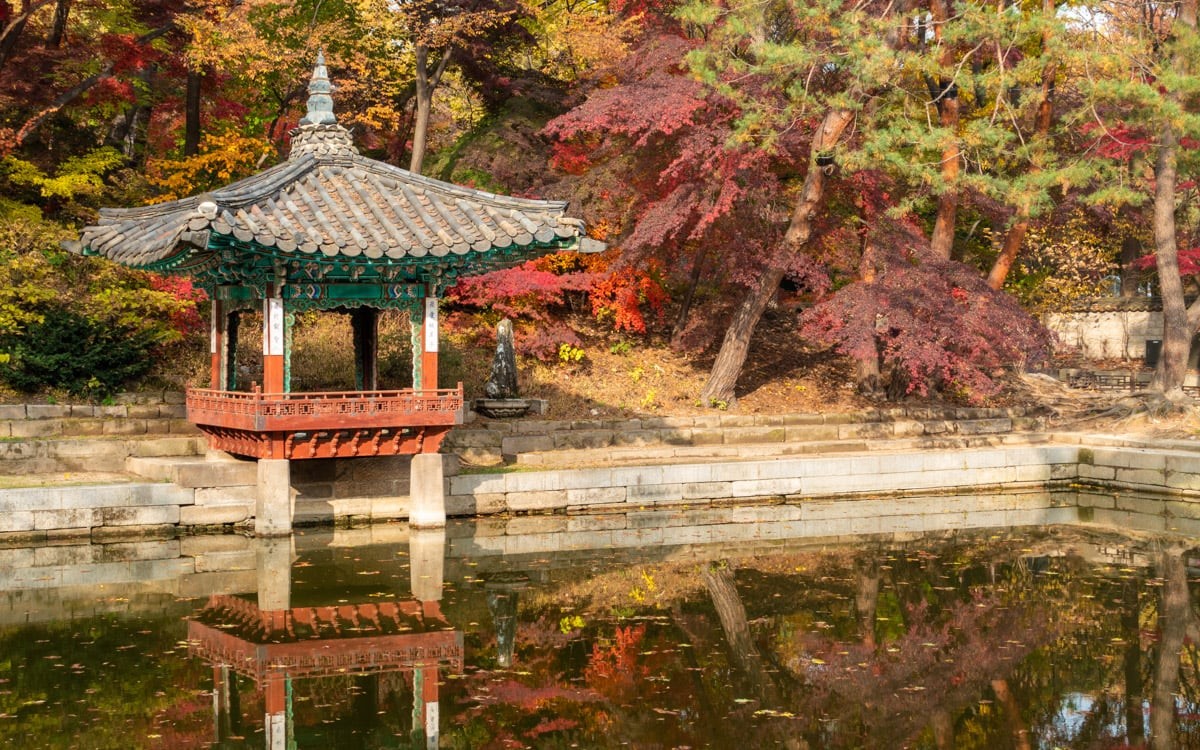
Park Guell: A Mosaic Masterpiece in the Heart of Barcelona
Perched on the hills of Carmel in Barcelona, Park Guell is one of the city’s most iconic landmarks, a whimsical blend of nature, art, and architecture. Designed by the brilliant Catalan architect Antoni Gaudí, the park is a UNESCO World Heritage Site and one of the finest examples of modernist design. Its colorful mosaics, organic forms, and playful structures create a dreamlike environment, blending seamlessly with the natural landscape. Park Güell is not only a celebration of Gaudí's artistic genius but also a serene oasis of beauty and creativity that enchants visitors from all over the world.
Gaudi's Vision: Nature and Art in Harmony
Park Güell was initially conceived as a residential garden city by Gaudí’s patron, Eusebi Güell, at the turn of the 20th century. While the original plan for housing did not come to fruition, Gaudí transformed the site into a public park that harmonized with nature, reflecting his deep belief that architecture should be integrated with the natural world. His vision was to create a place where nature, art, and architecture could coexist in perfect balance, and this ethos is evident in every corner of Park Güell.
Gaudí drew inspiration from organic forms found in nature, which is reflected in the park’s undulating curves, serpentine pathways, and structures resembling trees and caves. From the iconic mosaic lizard to the organic shapes of the columns, everything in the park feels alive, as if it were part of the landscape itself. Gaudí's use of natural materials, such as stone, adds to the park’s harmonious connection with the surrounding environment.
The Iconic Main Terrace and Serpentine Bench
One of the most famous features of Park Güell is the main terrace, offering breathtaking panoramic views of Barcelona, with the sea and city stretching out below. The terrace is framed by a long, sinuous bench that undulates in waves like a sea serpent. This bench, covered in vibrant, colorful mosaics known as trencadís, is a masterpiece of decorative art and one of the most photographed spots in the park. The use of trencadís, a mosaic technique using broken ceramic tiles, adds a dynamic and playful texture to the bench, making it both a work of art and a comfortable resting place for visitors.
The bench’s serpentine form is not only beautiful but functional—it provides ergonomic seating that allows visitors to relax and enjoy the stunning views. Gaudí’s genius for combining aesthetics with functionality is evident in this design, where art becomes a part of the everyday experience of the park.
The Hypostyle Hall and the Dragon Staircase
Another architectural wonder in Park Güell is the Hypostyle Hall, a grand colonnaded space supported by 86 Doric columns. Originally intended to serve as a market for the residential area, the Hypostyle Hall is an extraordinary example of Gaudí’s structural innovation. The columns are arranged in rows, resembling trees in a forest, and they support the main terrace above, creating a striking blend of form and function.
Leading up to the Hypostyle Hall is the Dragon Staircase, one of the park’s most famous and beloved features. The staircase is divided into sections and adorned with colorful trencadís mosaics, with the star attraction being the large mosaic salamander, known as "El Drac" or "The Dragon." This mosaic dragon has become an emblem of Park Güell and is a symbol of Gaudí’s playful and imaginative approach to design. The staircase itself is a dynamic element, guiding visitors up through the park in a gradual ascent, revealing new surprises at every turn.
Nature's Influence: Grottos, Viaducts, and Pathways
Throughout Park Güell, Gaudí’s use of natural forms and materials creates an environment that feels as though it has grown out of the earth. The grottos and viaducts that wind through the park are built using rough stone, blending seamlessly with the hills and vegetation. The paths are lined with stone columns that resemble tree trunks, further enhancing the feeling that the park is part of the natural landscape.
Gaudí designed the viaducts and pathways to be both aesthetically pleasing and practical, allowing visitors to traverse the park without disturbing the natural terrain. These structures are masterpieces of organic architecture, using local stone and materials to create a seamless integration between human-made and natural elements. Walking through the park, visitors can feel Gaudí’s deep reverence for nature, as every structure seems to echo the forms and patterns found in the surrounding landscape.
A UNESCO World Heritage Site and a Cultural Icon
In 1984, Park Güell was designated a UNESCO World Heritage Site, a testament to its cultural and artistic significance. The park is not only an architectural marvel but also a reflection of Barcelona’s rich artistic heritage. Gaudí’s work in Park Güell embodies the spirit of Catalan Modernism, a movement that sought to break away from traditional forms and celebrate creativity, individuality, and the connection between nature and human expression.
Today, Park Güell is one of Barcelona’s most visited attractions, drawing millions of visitors each year. Its vibrant mosaics, playful structures, and serene gardens provide a space where people can escape the city’s hustle and immerse themselves in a world of beauty and imagination.
Conclusion: A Mosaic of Beauty and Creativity
Park Güell is more than just a park it is a living work of art, a testament to the genius of Antoni Gaudí, and a symbol of Barcelona’s creative spirit. Its combination of organic forms, vibrant mosaics, and breathtaking views make it one of the most unique and beautiful parks in the world. From the serpentine bench to the mosaic dragon, every element of Park Güell invites visitors to experience art in a playful, interactive way.
Whether you come to admire the architecture, enjoy the panoramic views, or simply relax in the park’s tranquil gardens, Park Güell offers an unforgettable experience. It stands as a timeless masterpiece of creativity, a place where nature and art come together to inspire wonder and joy.





